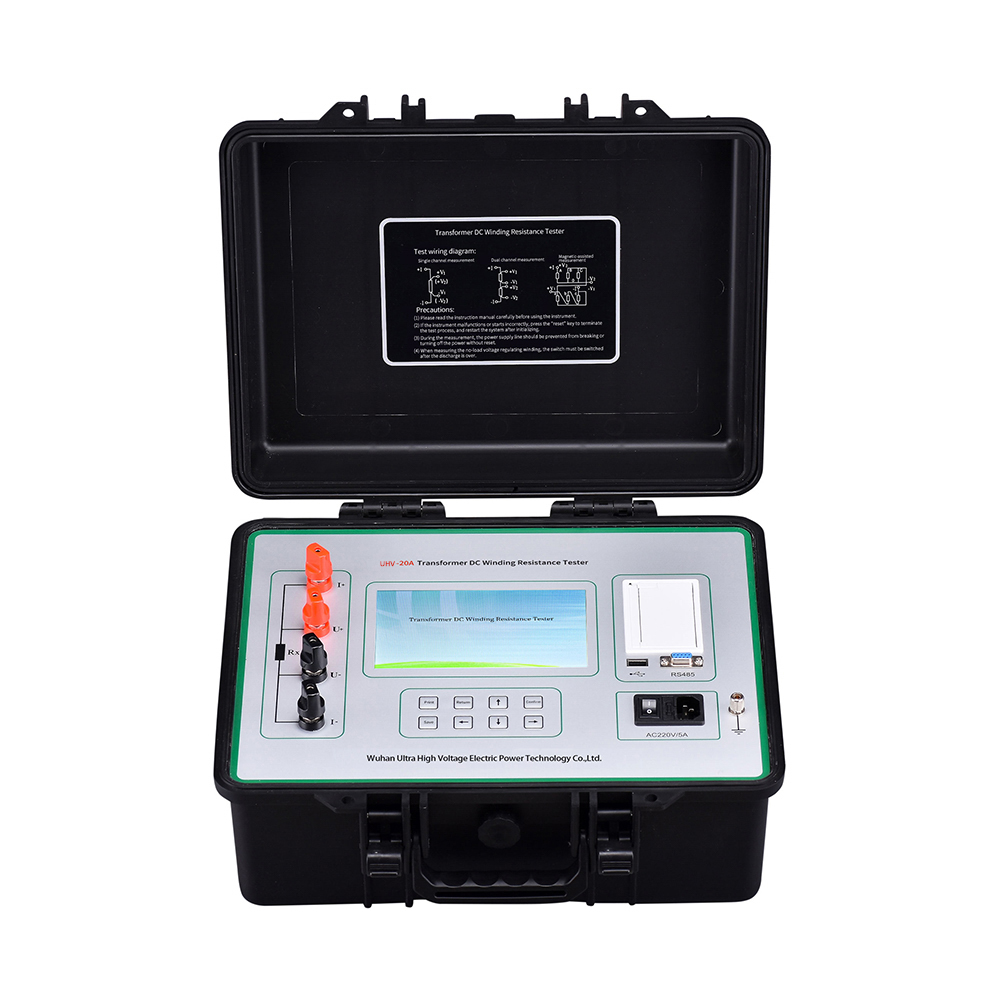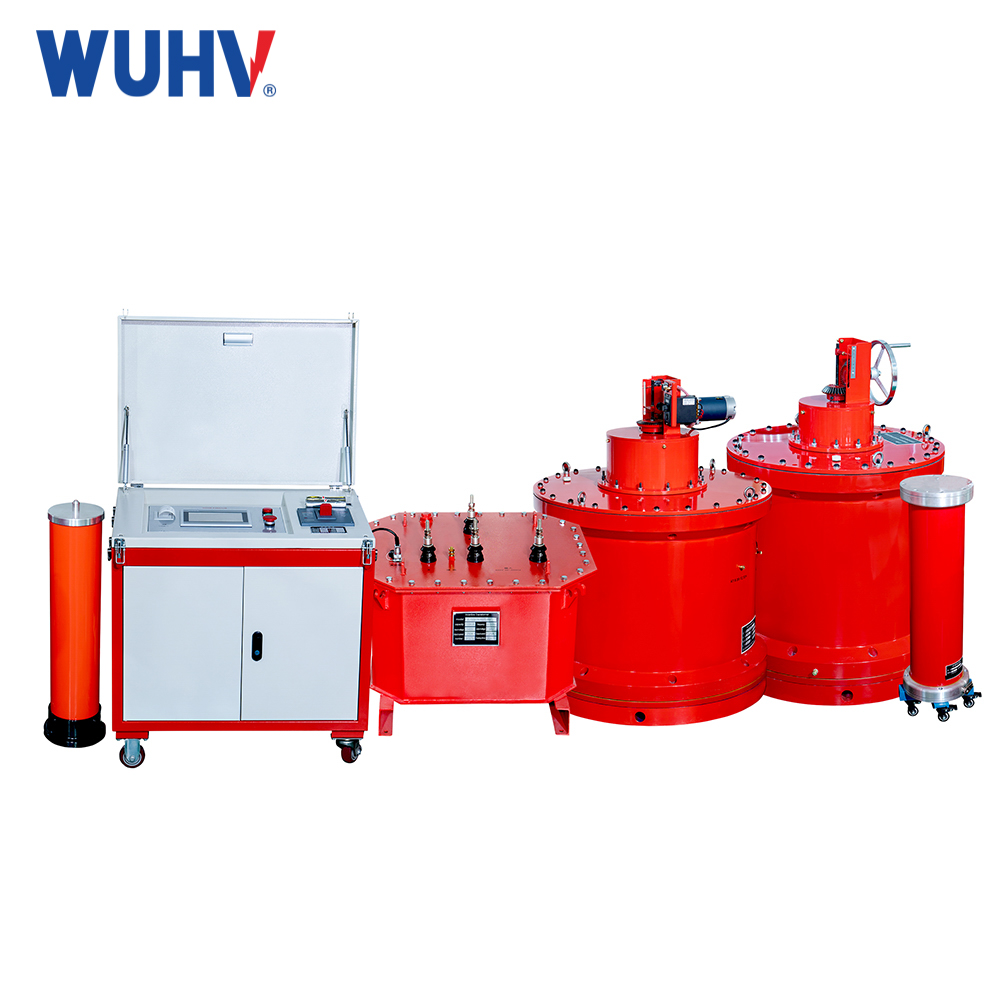The DC resistance tester초고압 전력을 사용하면 많은 전력 작업자가 다양한 전력 테스트를 더욱 편리하게 수행할 수 있습니다.

The purpose of testing the DC resistance of a transformer is to:
1. Check the welding quality of the winding joints and whether there is a turn to turn short circuit in the winding;
2. Whether the contact of each position of the on load tap changer is good, and whether the actual position of the tap changer is consistent with the indicated position;
3. Whether the outgoing line is disconnected;
4. For three-phase power transformers, calculate the unbalance rate of their three-phase DC resistance based on the test results to determine whether it meets the design or relevant standards
Measurement of transformer DC resistance using a DC resistance tester
Measuring DC resistance is an important item in transformer testing. By measuring the DC resistance, the conductive circuit of the equipment can be checked for defects such as poor contact, poor welding, coil faults, and wiring errors. In the actual measurement of small and medium-sized transformers, the DC bridge method is often used. When the resistance value of the tested coil is greater than 1 Ω, a single arm bridge is generally used for measurement. When the resistance value is less than 1 Ω, a double arm bridge is used for measurement. When using a double arm bridge for wiring, the potential pile head of the bridge should be close to the measured resistor, and the current pile head should be connected to the potential pile head.
Before measurement, the resistance value of the coil to be tested should be estimated, the bridge ratio knob of the DC resistance tester should be placed in the appropriate position, the untested coil should be short circuited to ground, and then the power switch should be turned on. Turn on charging. After sufficient power supply, press the mirror switch and quickly adjust the measuring arm to move the pointer of the current detector towards the zero line in the middle of the mirror scale. Fine tune until the pointer stabilizes and record the value when the resistance stops at zero. At this point, the resistance value of the tested coil is equal to the multiplier multiplied by the resistance value of the measuring arm. After the measurement is completed, first turn on the mirror button, and then release the power switch.
During the measurement process, in addition to strictly following electrical safety regulations and equipment testing procedures, the following points should also be noted:
1) When the coil temperature is stable, the temperature difference between the upper and lower parts of the transformer oil tank shall not exceed 3 ℃;
2) Due to the inductance of the transformer coil, the charging current is unstable during measurement. It is necessary to count after the current stabilizes and shorten the charging time if necessary;
3) The contact resistance of conductors in the experimental circuit should be minimized as much as possible. The tap joints of transformers during operation are often affected by dirt such as oil film, resulting in poor contact. Usually, it is necessary to switch several times before measuring to avoid misjudgment;
4) When measuring the low voltage side of a transformer, all personnel should maintain a safe distance from the high voltage side;
5) During the testing process, the testing cable clamp must be securely fixed. One of the large transformers applied a large current during the test, and if the wiring is not reliable enough, it is easy to generate arcs; Secondly, if the clamp falls off during the testing process, it is easy to damage the instrument (high voltage).
6) The transformer DC resistance tester should avoid strong vibration, direct sunlight, and magnetic fields during transportation, storage, and operation. When storing and preserving instruments, attention should be paid to the ambient temperature and humidity. It should be placed in a dry, ventilated, and non corrosive gas environment. Moisture, rain, and sun exposure are not allowed. Handle with care when using.



















